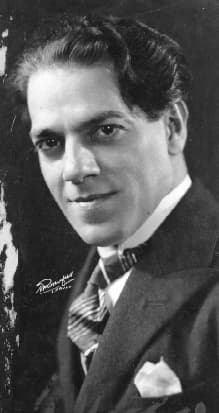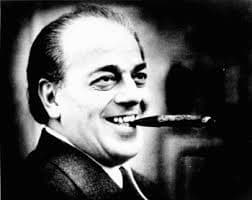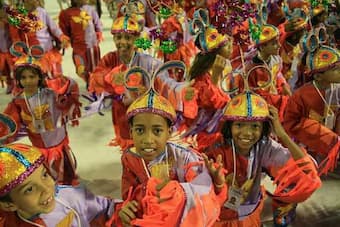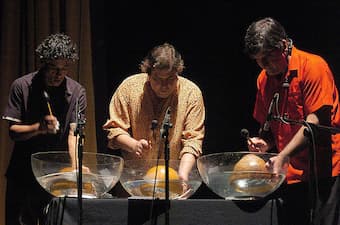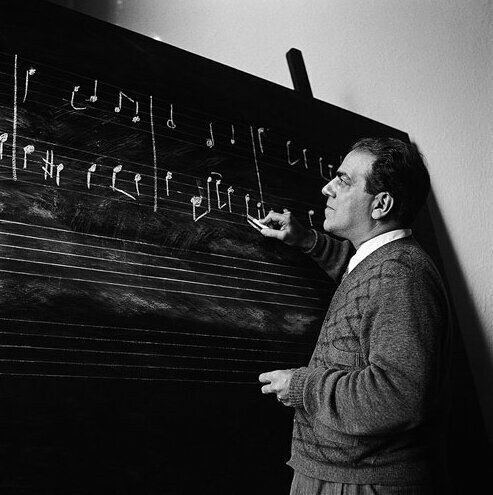The performers on this new recording of music for viola and piano from Brazil open their notes with a very strong accusation: ‘Violists can be guilty of relying too much on a short list of tried-and-true pieces’. Their response is
Villa-Lobos
Heitor Villa-Lobos (1887-1959) celebrated his seventieth birthday in the Alrae Hotel in New York City on 5 March 1957. The New York Times published a glowing editorial in his honor on 4 March. “Heitor-Villa-Lobos, Brazil’s most famous composer and one
Heitor Villa-Lobos: The Martyrdom of Insects Brazilian composer Heitor Villa-Lobos (1887-1959) is considered ‘the single most significant creative figure in 20th-century Brazilian art music.’ Immensely prolific, at his death he left some 2,000 works, many of which had gained international
Heitor Villa-Lobos (1887-1959) has been described as “the single most significant creative figure in 20th century Brazilian art music.” His quest to develop musical compositions using indigenous Brazilian elements fueled a number of ethno-musicological excursions into the northeastern states of
Starting with work that is made up of a set of 7 solo piano pieces and concluding with a piano duet, Carnaval das crianças (Children’s Carnival) of 1919, Heitor Villa Lobos (1887-1959) created a larger work for piano and orchestra
The Amazon rainforest covers the majority of the Amazon basin in South America. Its region stretches over nine nations and thousands of indigenous territories, and it is said to represent over half of the planet’s remaining rainforests. Well over 30
Heitor Villa-Lobos (1887-1959) has been described as “the single most significant creative figure in 20th century Brazilian art music.” His quest to develop musical compositions using indigenous Brazilian elements fueled a number of ethno-musicological excursions into the northeastern states of


